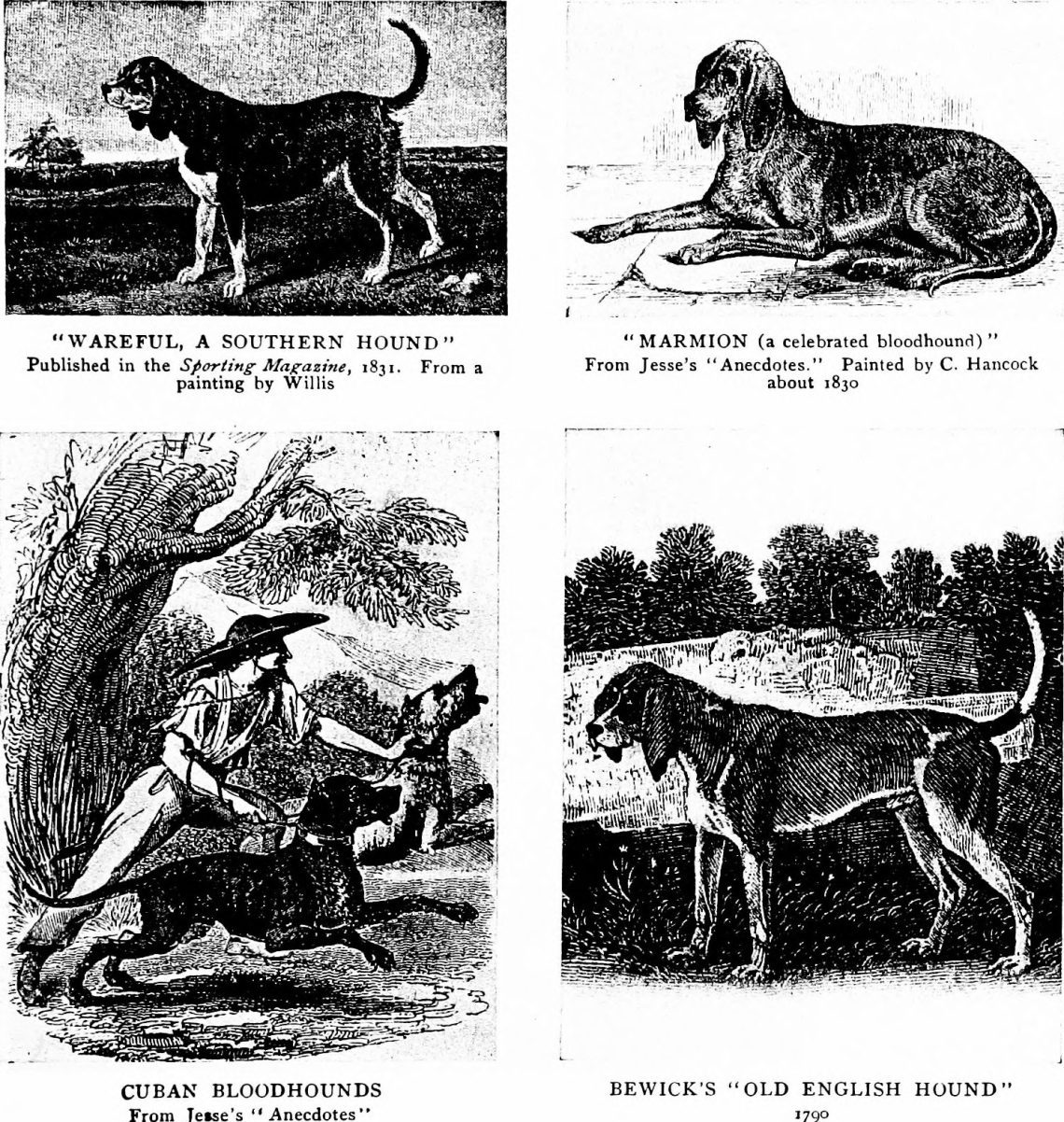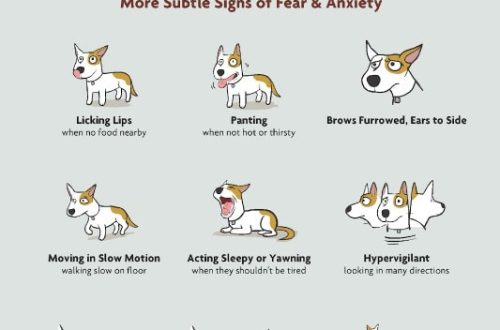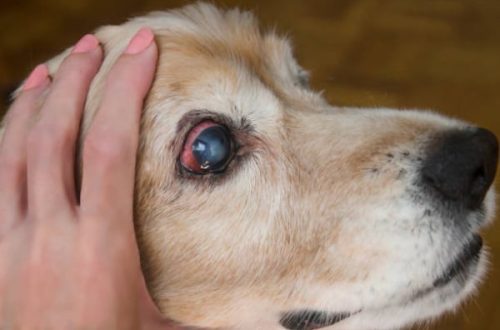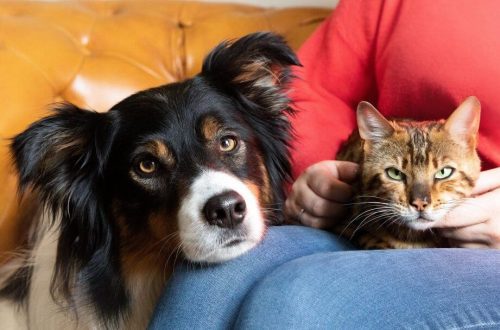
Şirovekirina berfireh a danasîna pêşangeha kûçikê
Contents
pêşîn
The article is intended mainly not for beginners (although it will be useful for them), but for breeders, it is aimed at what the experts want to convey to you and why it is so important. The article was developed in connection with large requests from experts, because they do not just stand and “water” your dogs in writing. They give you recommendations. What are the recommendations about? Read to the very end.
So, while you are working with the dog in the ring, trying in every possible way to look perfect, the expert keeps talking and talking and saying something to the assistant, who in turn writes and writes and writes and writes … As a result, together with with a diploma, they give you a thin, frail leaf in your hands, which is covered with scribbles, symbols and hieroglyphs. So what is it and why do you need it?
We have collected the most complete transcript of the exhibition descriptions.
All descriptions are kept relative to the breed standard and equated to it. That is, if they write to you that the body is long, this means that in the standard it should be shorter.
At the beginning, the classic description begins with the expert talking about the color, age and sex of the dog. This is followed by a full description of each part of the body from head to tail and ends with movement or handling. It is not uncommon to note the general structure and size. For example: a large strong gray male, 18 months old. Or a red compact female, 2 years old.
The following describes the exterior of the dog as a whole. Powerful, balanced, strong, spectacular, beautiful, bony, muscular, etc.
Pedigree is a very common adjective that applies to any of the items below. He talks about the classics, the standard. That is, the quality to which this word is applied refers to the characteristic of the breed, correct, close to the standard and ideal.
After the general phrases, we turn to the specifics, and here the most interesting begins.
Ser.
Filled / filled muzzle – means that the dog has sufficiently powerful jaw muscles and sufficient skull bone, which leads to the correct silhouette and head shape.
Sufficient pigmentation – refers to those breeds of dogs that, due to the characteristics of the color, may have white spots on the nose or on the skin around the eyes. If your description contains such a phrase, then you are all right.
Expressive muzzle / look / good expression. As one expert said (directly sunk): “Here you are walking down the street and you see: a dog is sitting in the window in the house, you meet eyes for a second, and you already have goosebumps, not from fear, not from admiration, this is means “good facial expression”.
Correct/breed profile – means that the profile of the head meets the breed standard. To see it, you need to look at the dog’s head from the side at the level of its (dog’s) head.
Wide ears / low ears – indicates a large distance between the ears. Most often this refers to shortcomings.
Soft ears – the ear cartilage is not strong enough, because of which, in movement, the ears lose their breed shape and do not hold straight, but “dangle” (refers to dog breeds with erect ears).
Ears of the correct form – for breeds in the standard of which a certain shape of the ears is clearly spelled out.
After that, the bite is usually described. Your dog should be prepared for the fact that a stranger will climb into her mouth. Should not show aggression or move backwards during this procedure. Most often, the experts themselves like to examine the teeth of dogs, as experienced handlers are able to hide even bite imperfections in dogs.
Full teeth – all teeth are in place, in the amount according to the breed standard.
Correct bite, or good bite, or good teeth – bite according to the breed standard. If anything else is noted (overshot/undershot/claws), it is usually as a fault, non-compliance with the breed standard.
Overshot – the lower jaw is shifted forward. Undershot – the lower jaw is displaced back and when the teeth are closed, there is a distance between the upper and lower incisors. Scissors – a strong closure of the upper incisors over the lower ones. Claws – the upper incisors rest against the lower ones.
Fangs are not in the castle. This is very bad. It means that the lower canines, when the jaw is closed, go into the gum or inside the upper jaw due to the narrow mandibular bone. It threatens not only with a bad grade and not being allowed to breed, but also with health problems.
After describing the head, the judge proceeds to describe the neck and the frontal (front) part of the dog’s body.
Hûstû
A long neck, a long neck is not very good, it means that it is too long relative to other parts of the body and does not look harmonious.
Powerful, beautiful, graceful, feminine, etc. – these are all positive characteristics and a plus in favor of your dog.
Pêxîl
Narrow – not enough width and volume, failed – when in the area of the shoulder blades the chest falls down and does not form a straight line of the back. It can also be powerful, deep and correct, which is good.
Forelimbs or posture of forelimbs
Associated with the structure of both the chest and the dog in general. By how far your dog places his front paws, you can determine the harmony of the structure of the front as a whole. A good posture means that everything is in order. Narrow or wide – indicates problems or shortcomings in the anatomy of the dog.
The paws themselves and metacarpals may also be evaluated. If the dog’s fingers spread to the sides when standing, then this indicates weak paws. The consequence of the fact that the dog walks a little, and the ligaments and muscles do not form correctly, either the dog has excessively long nails, or the dog is constantly on a slippery surface.
Çokan
Often in the description you can find the note “free elbows”. Again, this is not a plus.
Mil
Straight shoulder, short shoulder – indicates a very bad angle of the forelimbs, which will affect the movement of the dog.
Angles of the forelimbs
The angle of the forelimbs is considered ideal when, when lifting from the stand of the forepaw by the wrist up to the shoulder, the distance will be the same from the elbow to the shoulder and from the elbow to the wrist. The correctness of the angles determines the movement of the dog, the ability to push the limbs and form free and sweeping movements. Weak corners are bad. Refers to anatomical defects. Good angles – everything is ok.
Pêşde – the expert can unite the entire front of the dog below the head with one word. The front can be powerful, strong – that’s good. Or weak and direct, which is bad.
paş
Top Line, or back line. Should be flat with no folds or dips. Also, it should not bend upwards. Very often, dogs that are poorly prepared for the show, stressed and afraid in the ring, get an arched back in the description.
Trunk, body
It can be powerful, strong, if all is well. Or it can be a little stretched, long, which is not very good. An overly short torso is also bad. The examiner may note that the torso is stretched or short at the loin.
Croup, back
Even if you have a German Shepherd, a too low croup is also bad. There must be harmony and balance in everything. Usually denoted as low or high croup relative to the standard. If everything is fine, then you can find such words as correct, good, normal.
Terrî
The position of the tail is most often determined by the structure of the croup. And if there are flaws in this part, then the tail will be anatomically located incorrectly. The low or high position of the tail may be noted.
The shape of the tail is already determined by the structure of the tail itself. Very relevant for those breeds that have features in the anatomy or grooming according to the standard. For example, twisted tails, or golden retriever tails, which require proper grooming for the show.
Çalakî
In movement, all previously invisible disadvantages or advantages of anatomy are determined. The angulations of the hind limbs are assessed.
Separately, in the description, you can find the movement of the forelimbs. If it is written that the movements are free, sweeping, amplitude, good projection of the limbs, then this is a plus. If we talk about close, narrow, short – it’s bad. The good anatomy of the dog determines its beautiful and easy movements. If the angles are weak, the front and shoulders are straight, then the dog cannot physically throw the front paw far forward. There is a feeling that the dog is running on “matches”, the steps are short and mincing. The same goes for the back.
bizava
Sometimes experts note good handling, which is a plus for the person who exhibited the dog, but not for the dog. Do not confuse.
Xweşîn
Assess the preparation of the dog for the ring as a whole by the expression “the dog is in good condition.” Talks about the condition of your dog here and now in the ring.
Temperament
Describes the behavior of the dog in the ring, the reaction to the judge, the touch of a stranger, whether the tail wags. Often rated as “excellent temperament”. If this mark is not present, it means that either the judge does not pay much attention to this, or your dog is not temperamental enough. Sometimes excessive nervousness can also be noted in the description. But this is at the discretion of the expert.
Paşê
All these comments are given for a reason, to justify the evaluation or title of the dog. A competent breeder, with a thorough analysis of the description, can identify shortcomings that can be corrected by selection in the future. Descriptions don’t blame you, they guide you! If the dog is anatomically long, then in the future he or she should be bred with dogs with a more compact and short body. Seek balance, harmony and become better.
A huge mistake of breeders is that they are blind and do not see the problems of their kennels. And the view from the outside seems too critical to them. But if you treat the descriptions correctly and take them as a path to the improvement of your breeding lines, then soon you will be close to ideal.





